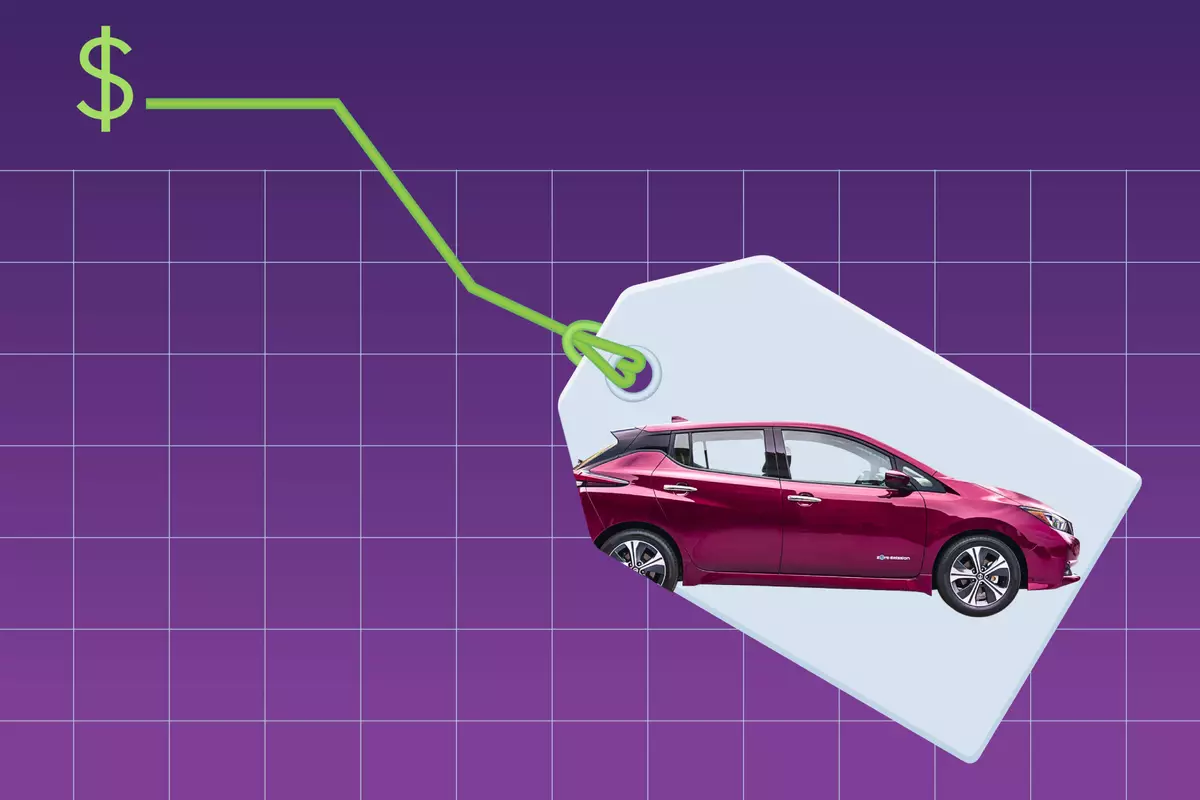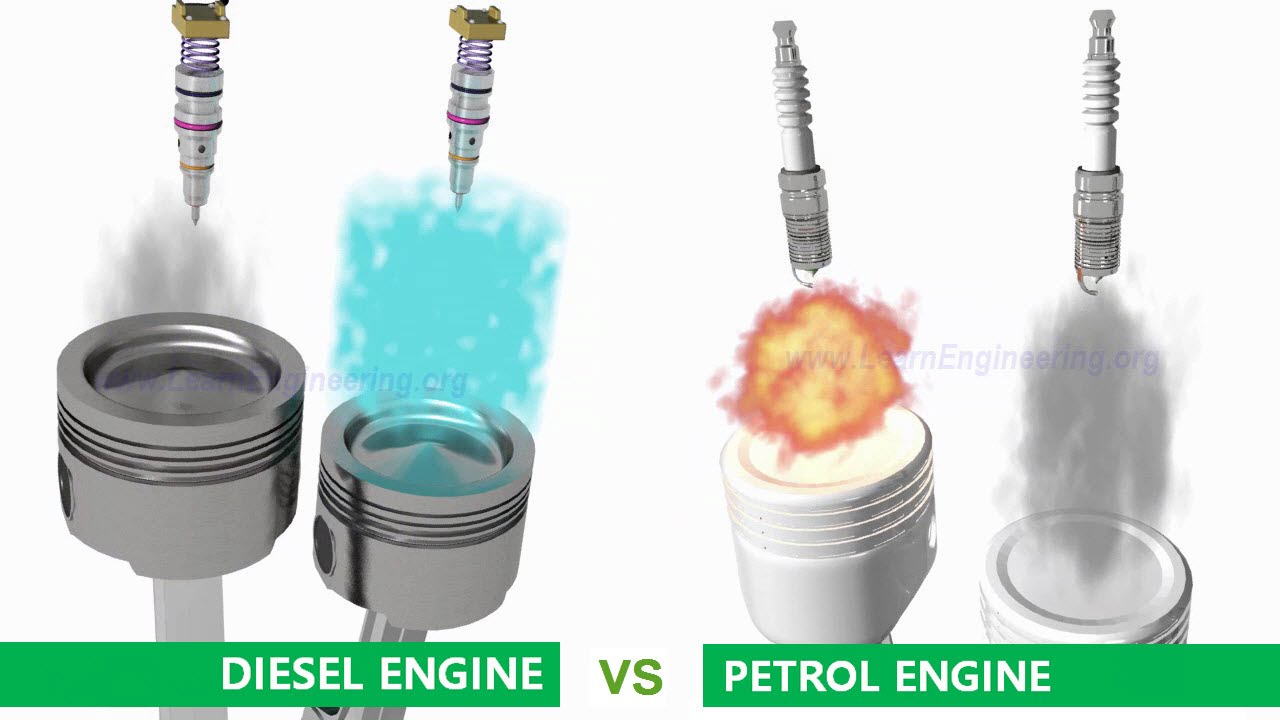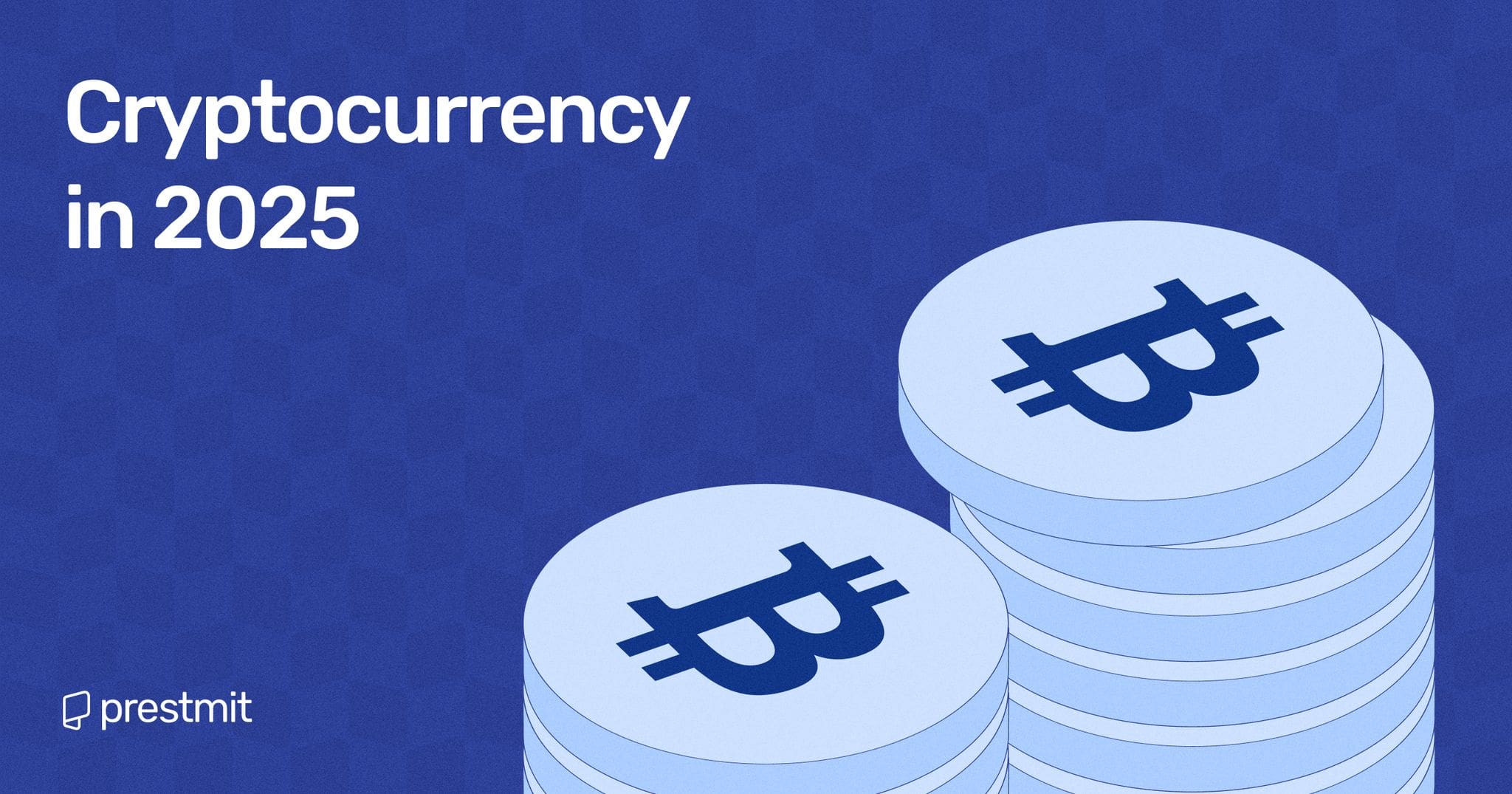
Electric Vehicle Sales Slump: A Closer Look at the Numbers
As we dive into the recent statistics concerning automotive sales, it’s evident that while the overall market is showing signs of recovery, electric vehicles (EVs) are facing a significant downturn despite aggressive pricing strategies. In October, a total of 12,571 new vehicles were sold, marking it as the second strongest month of a rather challenging 2024. However, this growth did not extend to the electric vehicle sector.
With a staggering 648 new battery electric vehicles (BEVs) registered in October, we’re witnessing a drop that’s hard to ignore. This figure represents a 25% decrease from September’s 868 registrations and is less than one-third of the 2,035 BEVs sold during the same month last year when the $7,015 Clean Car Discount was still favorable to consumers.
The Leaders in EV Sales
Despite the downturn, some models continue to shine amidst the gloom. October’s top-selling electric vehicle was the Ford Mustang Mach-E with 143 units sold, followed by the BYD Atto 3 with 593, and the Tesla Model Y at 484 units. It’s evident that even within a declining market, there are standout performers, with both the Mustang and Tesla maintaining a loyal customer base.
 With new electric vehicles hitting the market, are consumers still willing to make the switch?
With new electric vehicles hitting the market, are consumers still willing to make the switch?
PHEVs: Facing a Difficult Situation
Plug-in hybrid electric vehicles (PHEVs) also faced significant challenges this month, with a total of 345 units sold; this marks a disastrous drop from 2,404 this time last year. The removal of incentives combined with Road User Charges has not made matters any easier for sellers of these vehicles. Mitsubishi’s Eclipse Cross claims the title of the biggest seller in the PHEV category, with 124 units, but even this model has seen much better days.
Meanwhile, non-plug-in hybrids have seen a more promising trajectory with 3,447 sales, showcasing their appeal to consumers who prefer to avoid taxes associated with EVs.
A Shift Back to Gasoline
One concerning trend that is emerging is the resurgence of petrol and diesel vehicles. Their market share increased from 41.7% in October 2023 to a remarkable 54.3% this year. Moreover, the share of non-plug-in hybrids has risen too; they accounted for 28.7% of the market, signaling a hesitation among consumers to fully embrace electric options.
 Are traditional fuel sources making a comeback as EV sales face obstacles?
Are traditional fuel sources making a comeback as EV sales face obstacles?
The Economic Factors at Play
Fallout from high-interest rates and a wider economic slowdown has prompted many car dealerships to struggle, with some facing liquidation. The Motor Industry Association’s head, Aimee Wiley, highlighted the difficulties caused by policy shifts between governments, which hindered ordering processes for dealers. This ongoing instability makes it hard for consumers and dealers alike to predict the future of the automotive market.
Conclusion: Looking Ahead
The car industry finds itself at a critical juncture. With 2024 poised to be the worst year for new car sales in a decade, how will manufacturers adjust? It’s clear that incentives and government policies need to stabilize to revive the EV market. The current trend reflects a significant challenge for electric vehicles as they navigate competitive pricing, consumer hesitancy, and fluctuating policy landscapes. Will interest in eco-friendly automobiles bounce back? Only time will tell.
For anyone keeping a close eye on the market, these shifts are a fresh reminder of how quickly industry dynamics can change, particularly in a technology-driven landscape like automotive sales. Let’s hope for an upward trajectory in EV sales as we move into the upcoming year!
Discover more about the ever-evolving automotive landscape and how it could impact your next vehicle purchase.













